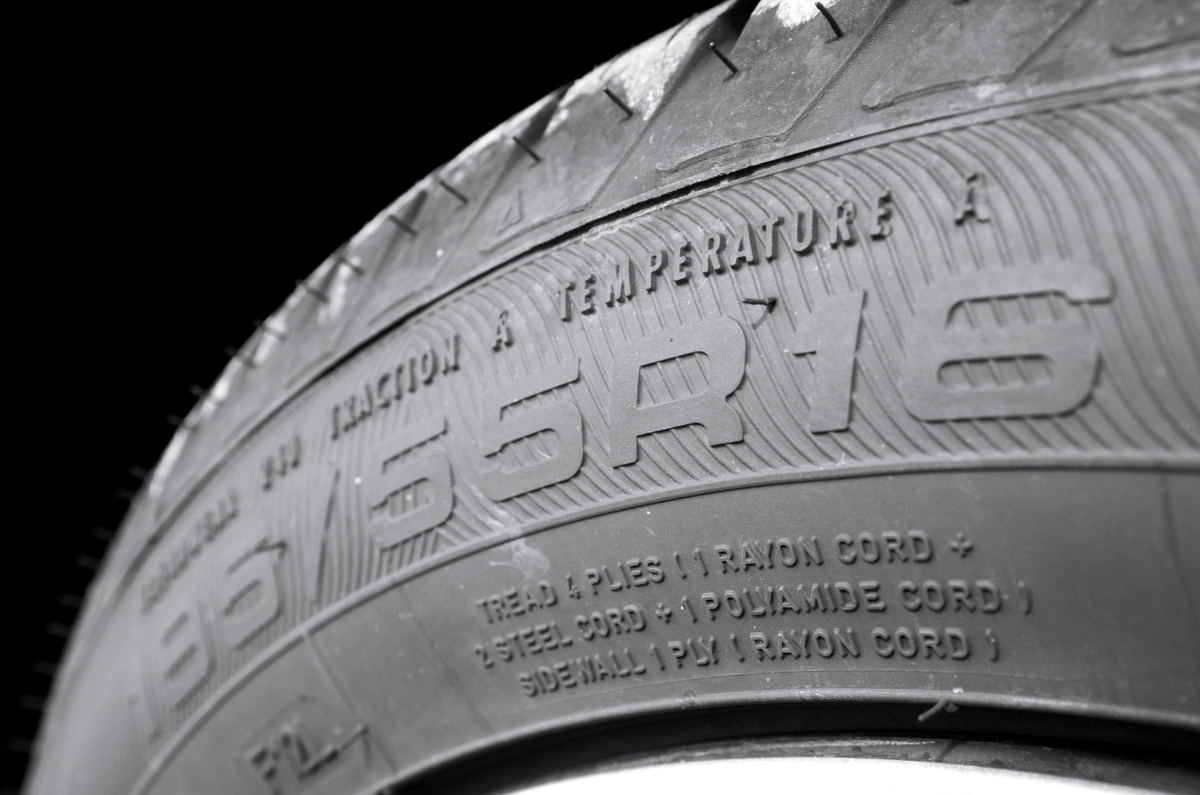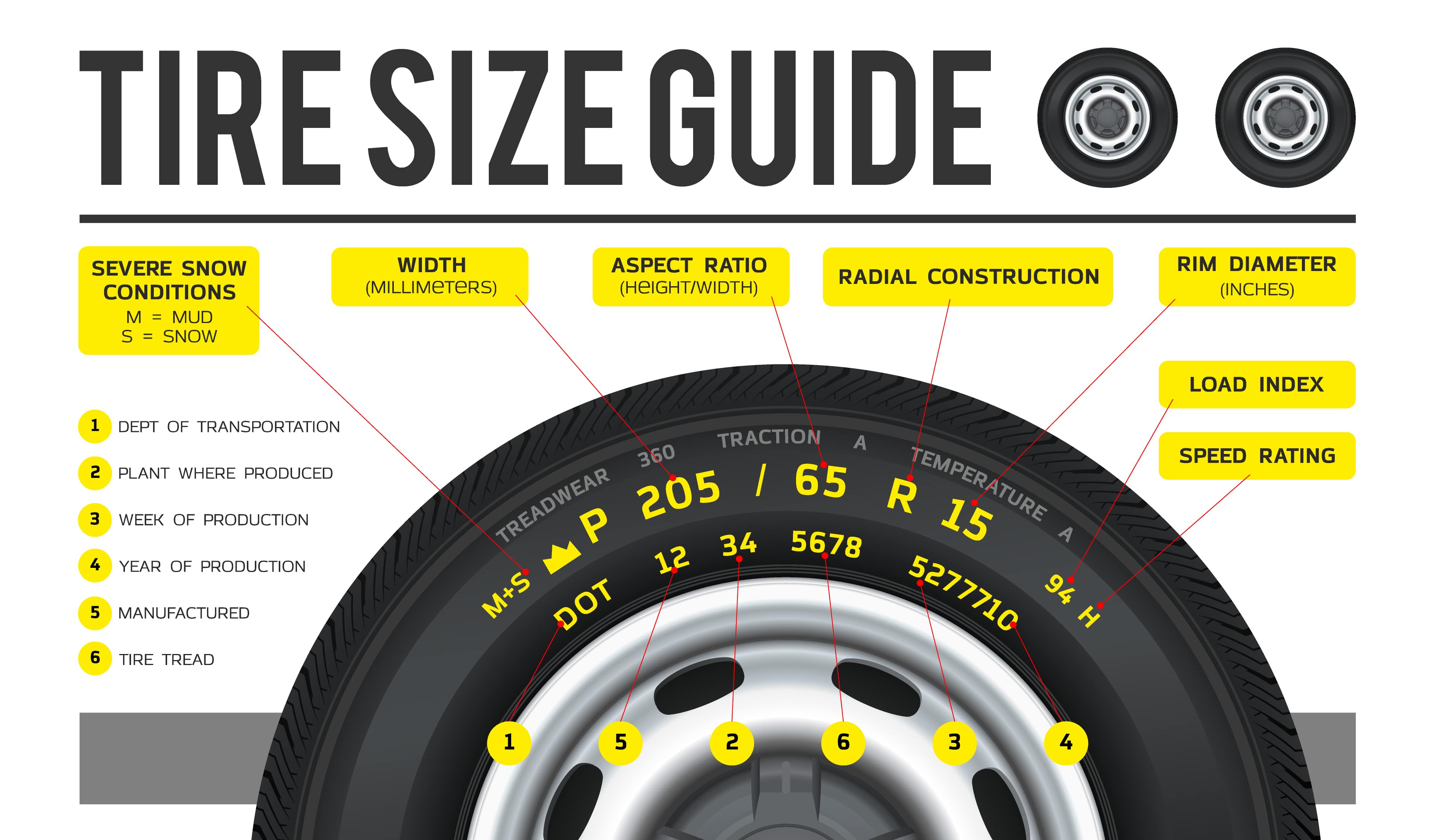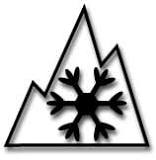Your Shopping Cart
Your cart is empty.
Subtotal ( items)
Instant Rebate Applied:
Promo Code Applied: ID.me Discount Applied:
Have a Promo Code?
Size:
Item
Item
Selected for:
/ each
Add-Ons
Wireless air pump capable of pumping up to 150 psi with 2000 MAH power bank.



Fully protect your clothes and vehicle interior during transportation of your tires. For Tires up to 31" tall and wheels up to 22".
Per sensor
Add TPMS Sensors
/per sensor
Please confirm the make, year, model and trim of the vehicle you want to purchase for:
How many sensors do you need?
The vehicle you have selected is not compatible with aftermarket TPMS Sensors.
Enter a different vehicle to add TPMS sensors

 Front Tire Size:
Front Tire Size:
 Rear Tire Size:
Rear Tire Size:
 Your Vehicle:
Your Vehicle:
Pros & Cons of Staggered Fitment

Attractive Design

Improved Handling

Improved Cornering
Bumpier Ride
Poor Traction in Snow
How do I find my tire size?



Need help?
 Your Vehicle:
Your Vehicle:
Pros & Cons of Staggered Fitment

Attractive Design

Improved Handling

Improved Cornering
Bumpier Ride
Poor Traction in Snow
How do I find my tire size?



Need help?
Pros & Cons of Staggered Fitment

Attractive Design

Improved Handling

Improved Cornering
Bumpier Ride
Poor Traction in Snow
Need help?
Need help?
How do I know if I have an LT tire?

 Your Vehicle:
Your Vehicle:
Sorry, we could not find any available
wheels for your sizing selections.
Need help?
What Do The Numbers on a Tire Mean? Tire Numbers, Letters and Symbols Meanings
By Tire Agent Staff
September 26, 2023
What Do Tire Sizes Mean? Guide to Understanding Tire Size and Other Codes
(Updated. Originally posted Aug. 9, 2021)
Tires have several numbers, letters and symbols on their sidewalls that communicate important information about them. If you don't know how to speak the tire language, however, the letters don't mean much.
In this post we break down what the tire numbers mean. Each number and symbol has specific meanings, plus there are key elements that savvy shoppers should know when buying replacement tires for any vehicle.
On this page, Tire Agent breaks down tire number meanings, including tire size, load index, speed rating, age and more. In a separate post, we break down how to find out where your tires were made. If you're curious about your wheels, this guide explains how to interpret wheel markings.
How Are Tires Measured?
Tires are measured by their aspect ration, which is a mathematic expression that includes the sectional height, external diameter, width and internal diameter.
They are also measured by speed ratings and load indexes. Which are numbers that refer to the maximum speed the tire can tolerate safely and the maximum load-bearing capacity for individual tires. Everyday consumers don't usually need to worry about speed ratings and load indexes. As long as you stay equal to or greater than the vehicle manufacturer's recommendation, you're good. But if you ever have questions, check with a Tire Agent customer service agent.
Read on for more tire measurements explained.
Tire Number Meaning
On the side of most tires, including all passenger vehicle tires, you'll see a set of numbers that looks similar to this: 205/65 R 15. These numbers refer to the size of the tires. This section will help you understand tire size number meaning.
Where to find tire size
Every tire has 3 numbers that mean a specific size:
- The first number measures the width. The 205 on the tire means it is 205 millimeters wide looking at the tire head on.
- The second number, 65, is the aspect ratio, which means that the height of the tire is 65% of the tire's width for this example. The bigger the aspect ratio, the larger the sidewall of the tire.
- The last number, 15, is the rim diameter of the wheel that the tire will fit.
The tire letter meaning refers to the construction of the tire: R for radial, D for diagonal, and RF for run-flat. R is the most common letter you will see on passenger vehicle tires.
How to find tire load index
Next to your tire size you will see a number and letter combination like 94H. The number “94” is the load index. This is the number relative to the weight capacity of the tire. The higher the number, the greater the load carrying capability of the tire. Load index ranges from 0 to 150, but on passenger vehicles it typically falls between 70 and 110.
Replacement tires must have the same or higher load index, never lower. For example, if your current load index is 103, a tire of the same size with a load index of 112 would work for you, but not a tire of the same size with a load index of 94. If you replace your tires and the new ones have a lower load index, the tire has a high likelihood of bubbling and eventually blowing out.
How to find week and year of production
Your tires have a number that indicates when the tire was made. This identification can be thought of as somewhat of a birth certificate for your tire. Beginning with DOT there is a combination of letters and numbers that will end in a 4-digit numerical code. For example, if your tire reads [DOT CPEX 3ET 0311] the tire was made during the 3rd week of the year 2011. In the example above, the tire was made in the last week (52) of 2010. DOT signifies that the manufacturer has complied with the Department of Transportations tire safety standards.
Tire Letter Meaning
Additionally you will find tire lettering and symbols that tell you more about the tire's intended use, tread and other specs. Here, we explain the letters, abbreviations and symbols that are commonly found on passenger vehicle tires.
How to find your tire's speed rating
Next to the load index there is a letter. In the example mentioned above, the “H” is the speed rating. This is the maximum speed sustainable for the tire. Each letter has a corresponding speed rating approved by the DOT (Department of Transportation) and the tire manufacturer.
Alphabetically, the speed rating increases as the letters advance A-Z -- EXCEPT for the letter H, which we'll explain in a minute. The most common speed ratings range from L (75 MPH) to W (168 MPH). High-performance racing tires speed rated 168 MPH or higher are marked ZR.
Originally, tire speeds were just S, H, or V (S being the slowest, H being the middle, and V being the fastest); over the years as tire speeds have evolved, for whatever reason, H has always remained the same, 130 MPH.
Three-peak mountain snowflake (3PMSF)
If you see the three-peak mountain snowflake symbol on the sidewall of your tire, this indicates that they are rated for severe snow and ice. The symbol is identified by a snowflake surrounded by a 3-peak mountain zig-zag shape. If your tire has the 3PMSF symbol it meets the requirements of snow traction performance and has certified approval for severe winter conditions.
E-mark meaning
The E-mark, found on the sidewall of the tire designates that the tire meets the minimum EU and international standards relating to the size, load index and speed rating of the tire. This marking confirms that testing has met adequate performance regulations. Not all tires sold in the U.S. have an E-mark.
S-mark meaning
The S-mark, also found on the sidewall, means that the tire has met “sound approval” relating to the road noise produced by the tires. All new tires produced since 2011 must have an S-Mark rating to be sellable by retailers in compliance with EU standards. Not all tires sold in the U.S. have an S-mark.
Tire Size Definitions
What does the P stand for on tires?
P on a tire stands for passenger and means the tire was designed to be used on passenger vehicle types.
What does LT mean on a tire?
LT on a tire stands for light truck and means the tire was designed to be used on light and heavy-duty pick up trucks.
What does ST mean on a tire?
ST on a tire stands for special tire and means that the tires are designed for towing trailers with non-powered axels.
What does R17 mean on a tire?
R17 on a tire means that the rim size needed would be 17". The "R" actually stands for radial, not rim and is the type of technology the tire uses.
What does the Z mean in tire size?
The Z means that the tire has been tested over 186 mph
What does the R stand for in tire size?
The R on a tire stands for radial and refers to the type of technology being used within the tire.
If You Liked This Post, You'll Love These
To learn more about how to read a tire, check out these related posts:
- What Does UTQG Mean In Tire Lingo? (DOT tire codes explained)
- Guide to Tire Traction Ratings (the A, B, and Cs of tire traction grades)
- Guide to Tire Treadwear Ratings (including a chart showing average treadwear by tread type)
- Guide to Tire Temperature Ratings (including a temperature grade chart)
- Tire Speed Ratings and Load Index Guide (including a speed rating chart by vehicle type)
- Guide to Tire Aspect Ratio (which explains how tire sizes work)
Photo 24422768 | Antares614 | Dreamstime.com
Next Post:
Guide to Studded Snow TiresHow to Qualify for the $50 Offer
- Add items to your cart and begin checkout.
- Select PayPair and apply for financing.
- If you’re approved by a participating lender, you’ll see a $50 promotional rebate applied to your order total.
-
To receive the $50, you must:
- Complete your purchase with a qualifying lender,
- Agree to the payment terms,
- And make the required number of consecutive on-time payments, as specified by the lender.
Note: Offer available only through select lenders. Additional eligibility requirements and conditions apply. Rebate may be issued after verification of qualifying payment activity. Terms subject to change.
How to Purchase Tires and Wheels
With a Payment Plan
Tire Agent's payment plans make it easy to get the best partial or full set of tires and wheels for your vehicle.
It's fast, secure and won't affect your credit score
Match with multiple lenders
Why Choose PayPair?
PayPair’s Partners and Plans

No Money Down

No Money Down

No Credit Needed*

No Money Down

$1 to Start!*

No Money Down

No Credit Needed*

$1 to Start!*

No Money Down
Other Payment Plans

$0 to Little Down

Pay with your bank account

Simplified checkout experience

Faster and easier than using cards or cash

Simplified checkout experience

Faster and easier than using cards or cash
*SNAP: The advertised service is a lease-to-own agreement provided by Snap RTO LLC. Lease-to-own financing is not available to residents of Minnesota, New Jersey and Wisconsin. NO CREDIT NEEDED: Not all applicants are approved. While no credit history is required, Snap obtains information from consumer reporting agencies in connection with applications, and your score with those agencies may be affected. PAYMENT PLAN: The standard plan consists of renewable lease terms. To exercise an early ownership, consumers must make regular payments on time and schedule additional payments via the customer portal or by contacting Customer Care at 1-877-557-3769. KATAPULT: The Promotional Initial Payment (plus any applicable taxes and fees) is due at lease signing. Your lease-purchase payment amount will be determined after you select your product(s). You will not acquire ownership of the product(s) if the total amount necessary to acquire ownership is not paid. The Promotional Initial Payment does not reduce the cost of the lease-purchase agreement. The Promotional Initial Payment is only available when shopping at Tire Agent through the Katapult mobile app and at Tire Agent’s website. Product pricing subject to change and availability. Disclosure: 90-day early purchase option (EPO) terms and conditions apply: 90-Day (3 months in CA) You can buy out your lease-to-own agreement within the first 90-days. This amount includes the cash price, plus the lease-to-own cost for the first 90-days. Taking advantage of the 90-day purchase option will save you the most money! PROGRESSIVE: Ownership by rental/lease agreement with Progressive Leasing costs more than the retailer’s cash price. Select items only. Cancel or purchase early at any time. Not available in MN, NJ, VT, WI, WY. Progressive Leasing obtains information from credit bureaus. Not all applicants are approved. Standard agreement offers 12 months to ownership. 90-day purchase options cost more than the retailer’s cash price (except 3-month option in CA). To purchase early or to cancel lease, you must call 877-898-1970. Retailer cannot activate early purchase options.



